Cauliflower is one of the Brassica oleracea cultivars with a fleshy, cheese-curd like heads made of inflorescence meristem. While the most common is white, other colors exist, as we are going to see later in this discussion. In Italy, this vegetable has the name cavolfiore that means cabbage flower.
Cauliflower, together with cabbage, collard greens, kales, and Brussels sprouts, are known as the Cole group in North America. Other members of Brassica oleracea include savoy cabbage, spring greens, kohlrabi, broccolini, broccoflower, broccoli romanesco, wild broccoli, and kai-lan.
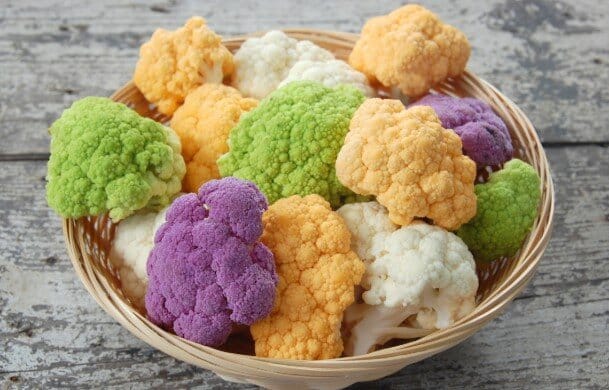
While they resemble broccoli, only the florets of these veggies are edible. Therefore, you can prickle, grill, fry, steam, roast their florets while you discard the leaves surrounding the flower head and their thick stems. However, for the case of broccoli, you can eat the flower buds, stems, and leaves.
Can bunnies eat cauliflower?
Yes. Your rabbits can eat cauliflower heads, its stalk, and leaves in moderation irrespective of whether they are white, orange, green, or purple. This vegetable is not toxic, and it is unlikely to cause any harm.
Rabbit.org, a reputed non-profit rabbit educational and rescue organization, supports the feeding of notes flowers like cauliflower and broccoli are ok.
Additionally, wild rabbits will bite off asparagus-like spears at their base, cabbages, cauliflower, lettuces, and other market garden crops they graze, along with corn, wheat, and maize.”(1)
However, if you feed your rabbits excess of these flower headed vegetables, they make your bunnies’ gassy, the reason why PETA probably lists them as not suitable for rabbits.
Therefore, feed them only a small amount and a few times a week and not every day. You can mix them with other healthy leafy greens to make a vegetable mix.
Don’t forget to introduce them gradually over at least a week to three week’s period beginning with a tiny amount. If these veggies make your furry friends gassy, discontinue. However, this is unlikely to happen if they get at least 80% grass hay.
Note that fresh greens and vegetables should only account for 10-15% of their diet, with a more significant percentage being the leafy greens, and you need to mix several of these greens. Keep fruits and non-leafy or starchy vegetables as treats.
Finally, feed your rabbits about 5% high fiber pellets. When selecting pellets, choose correctly depending on if your bunny is growing or not. There are formulations for adults and juveniles.
More on cauliflower
These veggies are rich in vitamin C and have moderate amounts of pantothenic acid, vitamin B6, folate, vitamin K, riboflavin, and niacin. Also, they have small amounts of magnesium, manganese, phosphorus, iron, calcium, zinc, and potassium.
It terms of varieties, there exist the Italian, Northern European annuals, Northwest European biennial, and Asian types.
Finally, like cabbage, they come in several colors, i.e., they may occur in the following colors:
1. White cauliflower
The white one is the most common type with green leaves surrounding it and the most widely cultivated in various parts of the world.
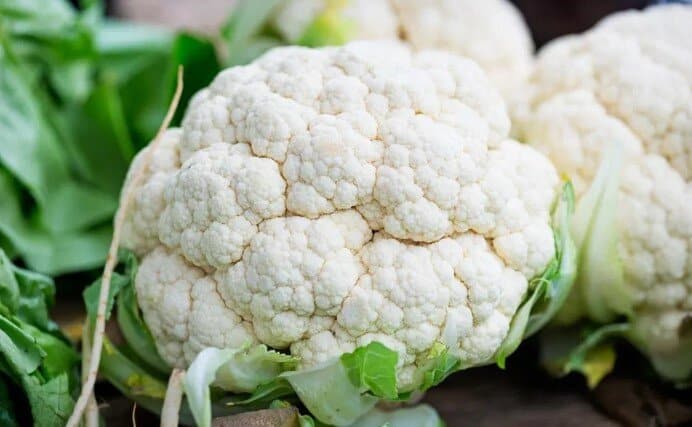
2. Orange cauliflower
The orange coloration is a result of beta-Carotene, a kind of provitamin A. Common cultivars that are orange include the Orange Bouquet and Cheddar.
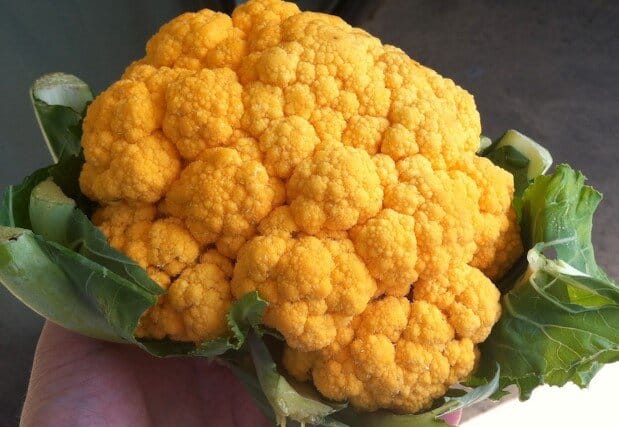
3. Green cauliflower
The green variety is also known as broccoflower, and common cultivars include Green Goddess, Vorda, and Romanesco cultivars like Veronica and Minaret.
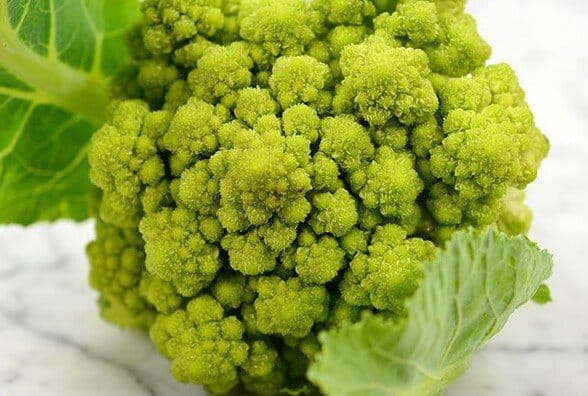
4. Purple cauliflower
Like the purple or red cabbage, the coloration is from anthocyanins. Common cultivars that are purple include Purple Cape and Graffiti.
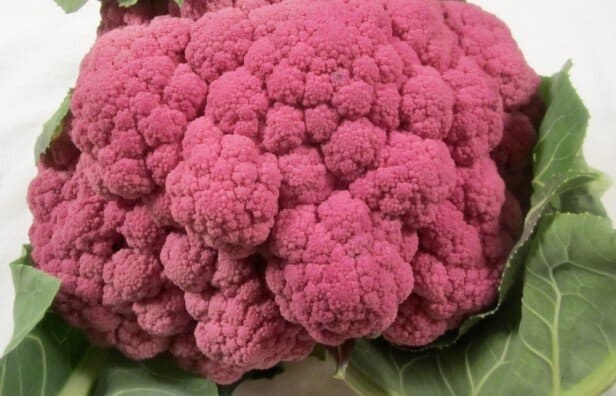
Conclusion
Cauliflowers are ok for bunnies if fed in moderation and if these pets get the right portion of their various foods. However, if fed excess, some may end up being gassy, have stomach upsets, diarrhea, or bloat.
